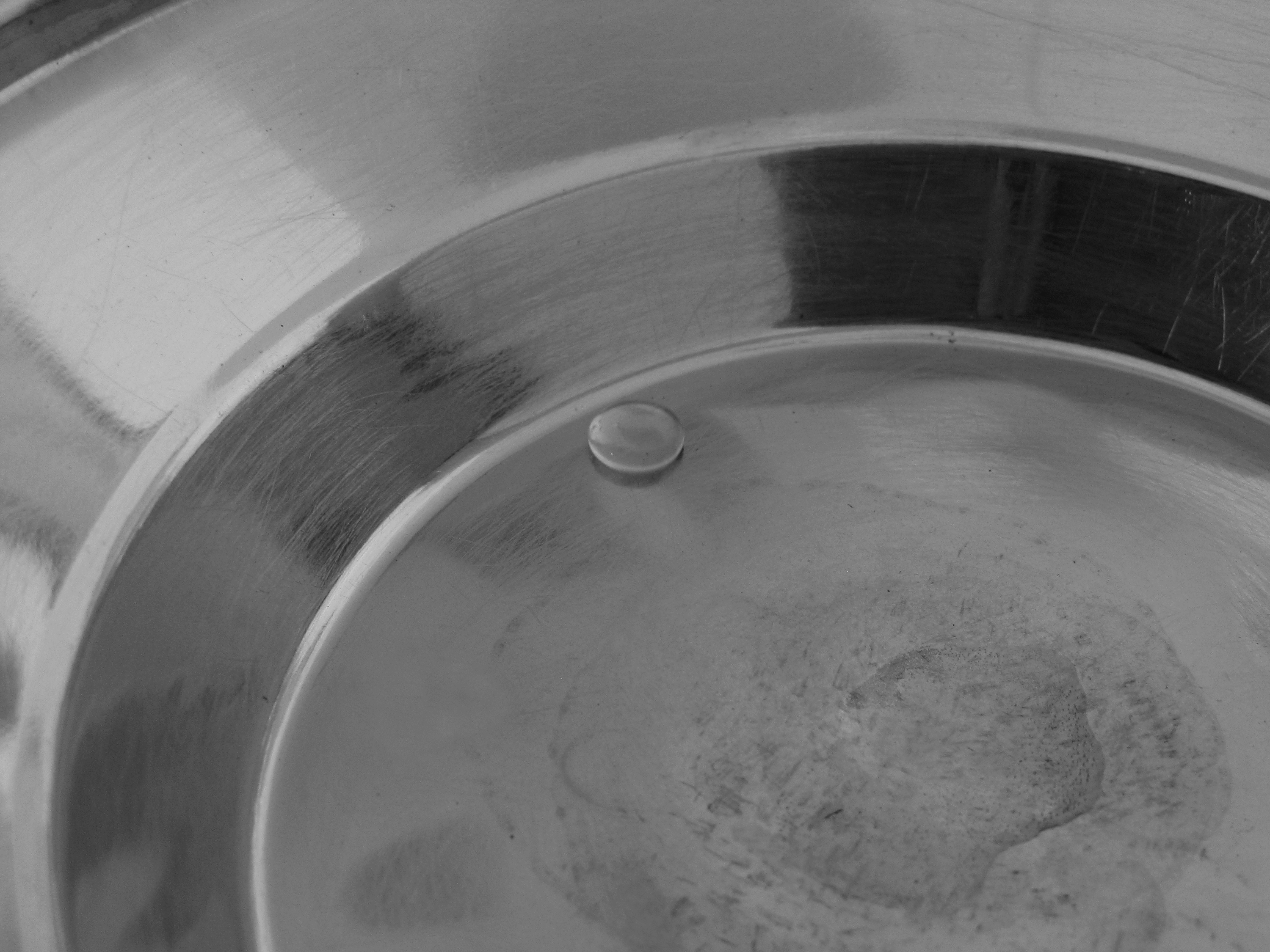


The Leidenfrost effect, first explained in 1756 by Johann Gottlob Leidenfrost, is a phenomenon that is occasioned when liquids float on a hot metal surface that is much warmer than their boiling temperatures. This effect is also called thin film boiling, as it describes the boiling of thin films of a liquid to extend the lifetime of a drop on a warm surface. By heating a metal plate to over 250°C, small droplets of water were floated on its surface through film boiling.
The Leidenfrost effect occurs when a droplet of water is placed on such a warm surface, where a small portion of its bottom instantly evaporates to form gaseous water vapour. It is upon this cloud of water vapour that the water drop rests on hovers over the metal surface, which is about 0.2 mm thick in the centre and 0.1 mm thick toward the ends of the droplet. The water vapour clouds are continually replenished as more of the droplet comes in contact with the hot metal surface. Since gasses do not conduct heat as effectively as liquids, the cloud of water vapour also acts to temporarily insulate the droplet until it gradually evaporates.